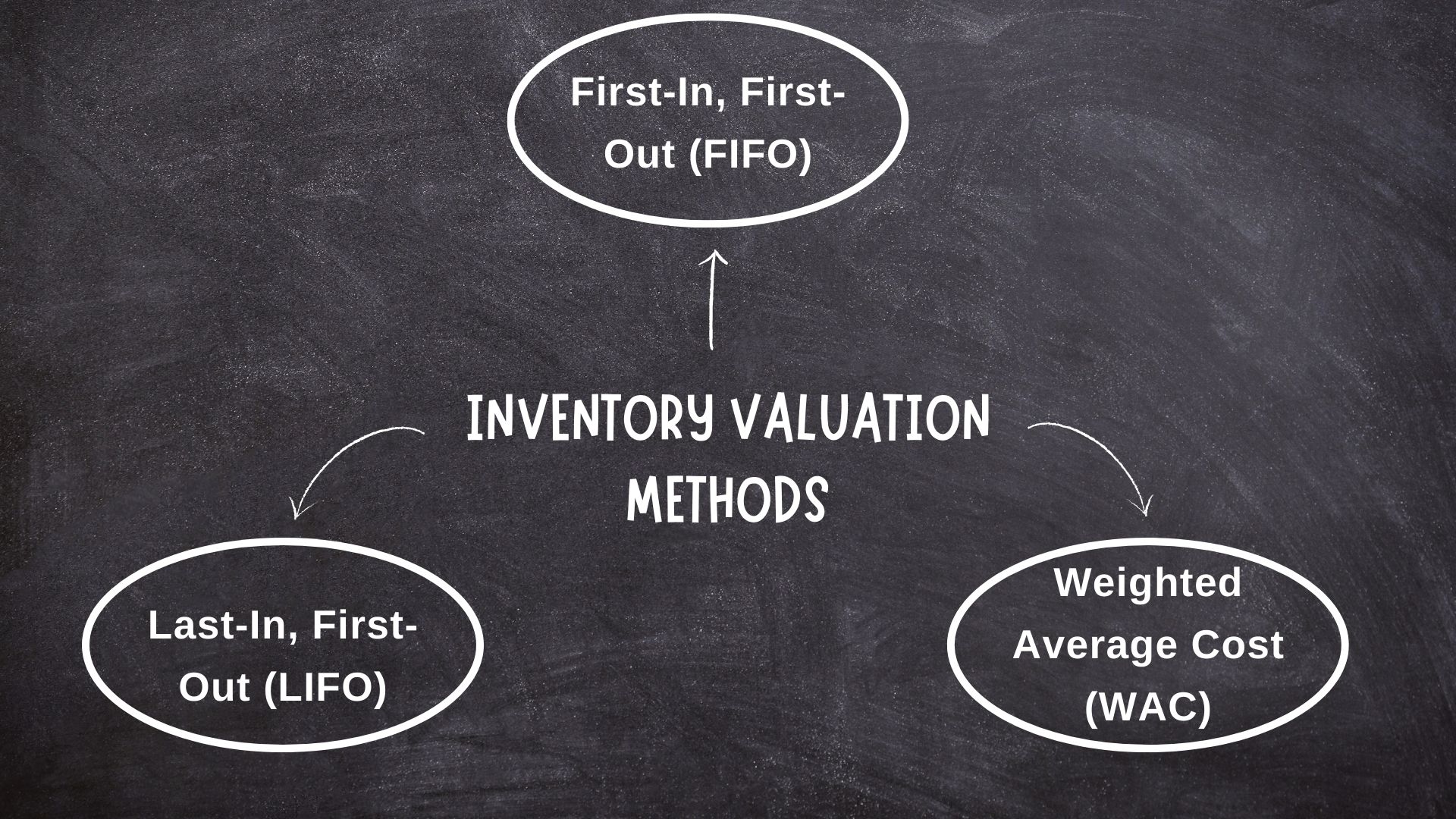For businesses that deal with inventory, determining the value of their stock is a crucial aspect of financial management. The choice of inventory valuation method can significantly impact a company’s financial statements and tax liabilities. Three commonly used inventory valuation methods are First-In, First-Out (FIFO), Last-In, First-Out (LIFO), and Weighted Average Cost (WAC). In this article, we will explore each of these methods, understand how they work, and discuss their implications on inventory valuation and profitability.
1. First-In, First-Out (FIFO):
The First-In, First-Out (FIFO) inventory valuation method assumes that the first items purchased or produced are the first ones sold. In other words, when calculating the cost of goods sold (COGS), the oldest inventory costs are used. While the most recent inventory costs are left in the ending inventory. This method aligns with the concept that items acquired first are also the ones consumed or sold first.
FIFO is particularly useful when inventory turnover is high, as it accurately reflects the current costs of goods sold. It is also preferred when a business wants to match current revenues with the costs of producing those revenues. For industries with perishable or time-sensitive goods, FIFO ensures that the most recent and relevant inventory costs are attributed to sales, leading to a more accurate reflection of profitability.
Another advantage of FIFO is its potential tax benefits during periods of rising costs. Since the oldest, lower-cost items are recognized in COGS. It results in lower COGS and a higher ending inventory value. As a consequence, the taxable income is reduced, leading to lower income tax liabilities.
2. Last-In, First-Out (LIFO):
Last-In, First-Out (LIFO) inventory valuation method assumes that the most recent items purchased or produced are the first ones sold. In other words, the most recent inventory costs are used to calculate COGS, while the older inventory costs are left in the ending inventory. This method is based on the assumption that the latest goods entering the inventory are likely to be the last ones sold.
LIFO is often chosen during inflationary periods as it results in higher COGS. The recent inventory costs are matched with sales. It reflects the current higher costs of goods sold, providing a more accurate representation of the impact of inflation on profitability. This can have a tax advantage as well, as the higher COGS leads to lower taxable income and, consequently, lower income tax liabilities.
However, it’s essential to note that LIFO may lead to understated inventory values on the balance sheet during inflationary periods. The reason is that the older, lower-cost inventory is retained in the ending inventory, which may not reflect the current market value of those items.
3. Weighted Average Cost (WAC):
The Weighted Average Cost (WAC) inventory valuation method calculates the average cost of all units in the beginning inventory and all units purchased during a specific period. The total cost is divided by the total number of units to arrive at the average cost per unit. This average cost is then used to value both COGS and ending inventory.
WAC offers a straightforward approach to inventory valuation and provides a compromise between FIFO and LIFO. It smooths out the effects of fluctuating costs over time, making it less sensitive to short-term price fluctuations. Consequently, the inventory valuation under WAC may not be as affected by rapid price changes as the other methods.
However, it’s essential to consider that WAC may not be ideal during periods of significant cost fluctuations. As it can obscure the actual cost of inventory. If the inventory consists of items with vastly different costs, using a single average cost may not accurately reflect the true cost of goods sold.

Implications and Considerations:
- Financial Statements: The choice of inventory valuation method directly impacts the values reported in the company’s financial statements. Such as COGS, gross profit, and net income. Different methods can lead to variations in profitability and asset values, affecting the overall financial health of the business.
- Tax Implications: Each valuation method can have different tax implications, affecting taxable income and, consequently, income tax liabilities. Businesses should consider their tax strategies when selecting an inventory valuation method. For example, LIFO may be advantageous during periods of inflation, while FIFO might be preferable during deflationary periods.
- Industry and Regulations: The inventory valuation method chosen may be influenced by industry practices, regulations, and accounting standards. Some industries may have specific requirements or guidelines for inventory valuation, making it necessary for businesses to comply with the relevant standards.
- Consistency: Consistency in the use of inventory valuation methods is essential for accurate financial reporting and meaningful comparisons between periods. Changing methods can lead to distortions in financial analysis and decision-making. Businesses should adopt and consistently apply a method that aligns with their long-term financial and operational goals.
Selecting the most appropriate inventory valuation method is a critical decision that can significantly impact a company’s financial performance and tax liabilities. FIFO, LIFO, and WAC are three widely used methods, each with its unique advantages and implications. Businesses should carefully evaluate their specific needs, industry norms, and prevailing economic conditions before choosing an inventory valuation method that aligns with their financial goals and reporting requirements. Regular review and understanding of the chosen method’s impact on financial statements are vital for making informed decisions and optimizing inventory management strategies. By selecting the most suitable method, businesses can gain better insights into their inventory value, maintain compliance with accounting standards, and make more informed financial decisions.




